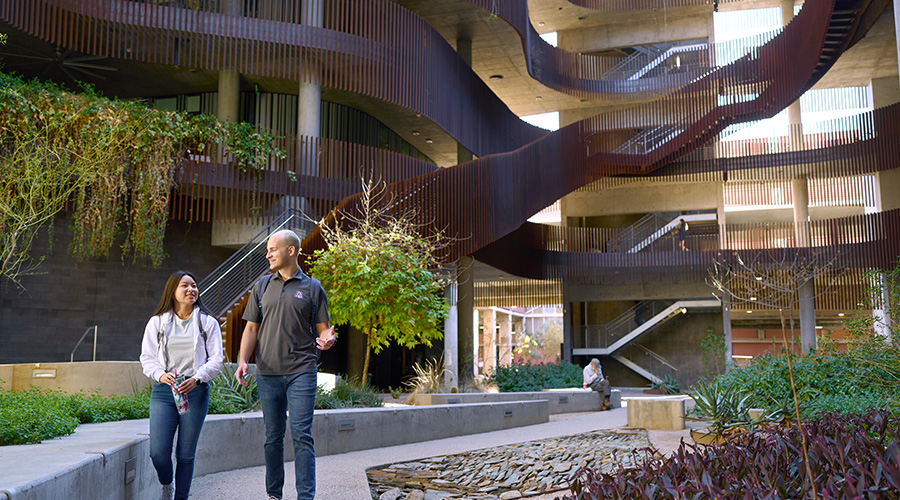How Collaborative Contracting Can Lead to Successful Projects
Amidst labor and supply chain challenges, two models of collaborative contracting can result in on-time, on-budget construction projects.
By Erin Roberts and Sean Boyd
Public construction projects have been facing tighter schedules, stricter budgets, and higher risks than ever before. Up until the last few years, a marked increase in competition on both a local and international scale has resulted in low contractor bids and often a misalignment in project understanding and risk. This has led to poor project outcomes for many large projects. When coupled with current supply chain and labor constraints, this has made it more challenging than ever for contractors to ensure profitability in a construction project.
In a resource-constrained environment such as we are facing in construction today, contractors are going to have to be selective of the projects they pursue and the contracting models they agree to.
Similarly, for building owners, partly driven by stakeholder impatience, many projects have grappled with inadequate project readiness during the planning and preconstruction phase, leading to larger delays and increased setbacks during construction. The risk involved for both contractors and project owners continues to increase exponentially, as the size, scale, and complexity of public construction projects continue to grow.
That is why collaboration between contractors and owners becomes even more important – from project planning to delivery – to help eliminate stress and drive more predictable results. According to Dodge Data and Analytics, 91 percent of contractors and owners believe that increased collaboration reduces risk and uncertainty on construction projects.
When done correctly, a delivery model that enables a genuine partnership and a risk-sharing approach can change the very nature of a project itself, including expedited timelines, more effective means and methods, and a more successful construction project from concept to completion.
While “hard bid” contracting models will always have a place in the industry, for some types of projects and clients, there are two forms of collaborative contracting that could be considered as emerging ways forward:
1. Two-stage collaborative contracting models. When operating with this model, contractors are appointed under a services arrangement during the preconstruction phase. This allows contractors to work collaboratively with the owner to address certain aspects such as design, key challenges, and pricing – all before the main construction contract is signed.
Examples of this approach include:
- The well-known construction manager at-risk model is where the contractor works with the owner and the design team to define and scope the project during a preconstruction phase and the construction manager ultimately develops a firm offer to deliver the project on an open-book basis. This model frequently involves the use of a guaranteed maximum price (GMP), where the construction manager has to manage and control costs to not exceed the GMP to mitigate liability.
- Another example of growing interest includes the progressive design-build model, which involves a full design-build team (with the design team appointed by the contractor) during the early stages of the owner’s project development to provide preconstruction and programming services before a firm fixed price is negotiated.
2. Relationship collaborative contracting models. Under these models, there are numerous options for project risks to be shared between contractor and owner, often creating a “paradigm shift” from conventional contracting. Instead of risk being allocated and priced by one party or another, risk is often pooled. The aim of this approach allows for a win-win scenario and helps avoid disputes and issues between parties.
These models are very new to North America, but widely used in the UK and Australia. Some of the better examples include:
- The alliance model, which inverts the competitive approach of the traditional project delivery mode as well as that of public-private partnerships. The alliance model relies on the collaboration between the project owner and private sector participants, focusing on cooperation and often with long-term incentives developed over a program-wide approach.
- The delivery partner model combines elements of the construction manager at-risk, alliance and engineering, procurement, and construction management (EPCM) models. This model allows a client to supplement the internal project management capabilities with experienced contractors, working as delivery partners, to assist with project planning, programming, design management, and construction management services.
While collaborative contracting can work successfully on several types of projects and situations, it’s important to note the pitfalls. For a contractor, it can take a lot of management time and energy to align with owners during the pre-construction phase, and without a surefire future conversion to an ultimate construction contract, it can be a tough sell. On the other hand, owners are often navigating internal governance and legislative constraints, which can make it tricky for them to heavily engage in the process, and owners need to weigh the benefits of securing contractor expertise to de-risk and shape a project up front, against the potential loss of competition from a hard bid model.
Still, when collaborative contracting is used for the right projects (after conducting procurement options analysis and market testing) with the right mindset from both owner and contractor, it can be very successful. Setting expectations between owner and contractor is key, as this will encourage alignment early on and prevent hiccups along the way.
Overall, using collaborative delivery models effectively can reduce inefficient pricing, improve risk allocation, reduce project delays and ultimately, enhance value and improve the likelihood of project success during construction.
Erin Roberts is Global Engineering and Construction leader for Ernst & Young LLP. Sean Boyd is Senior Manager, US Infrastructure Advisory, for Ernst & Young LLP.
Related Topics:












